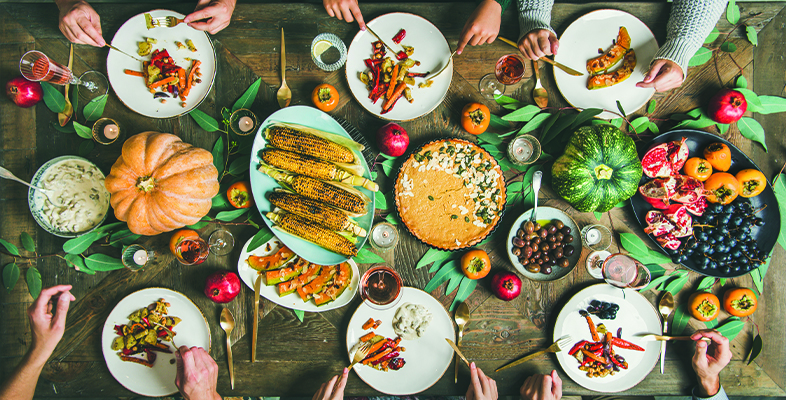- The Open University
- Guest user / Sign out
- Study with The Open University
- The Open University
- Guest user / Sign out
- Study with The Open University
My OpenLearn Profile
Personalise your OpenLearn profile, save your favourite content and get recognition for your learning

All in all I feel that I have learned something from this course although it was not what I would usually choose to study in any depth.